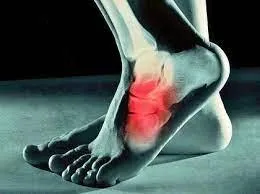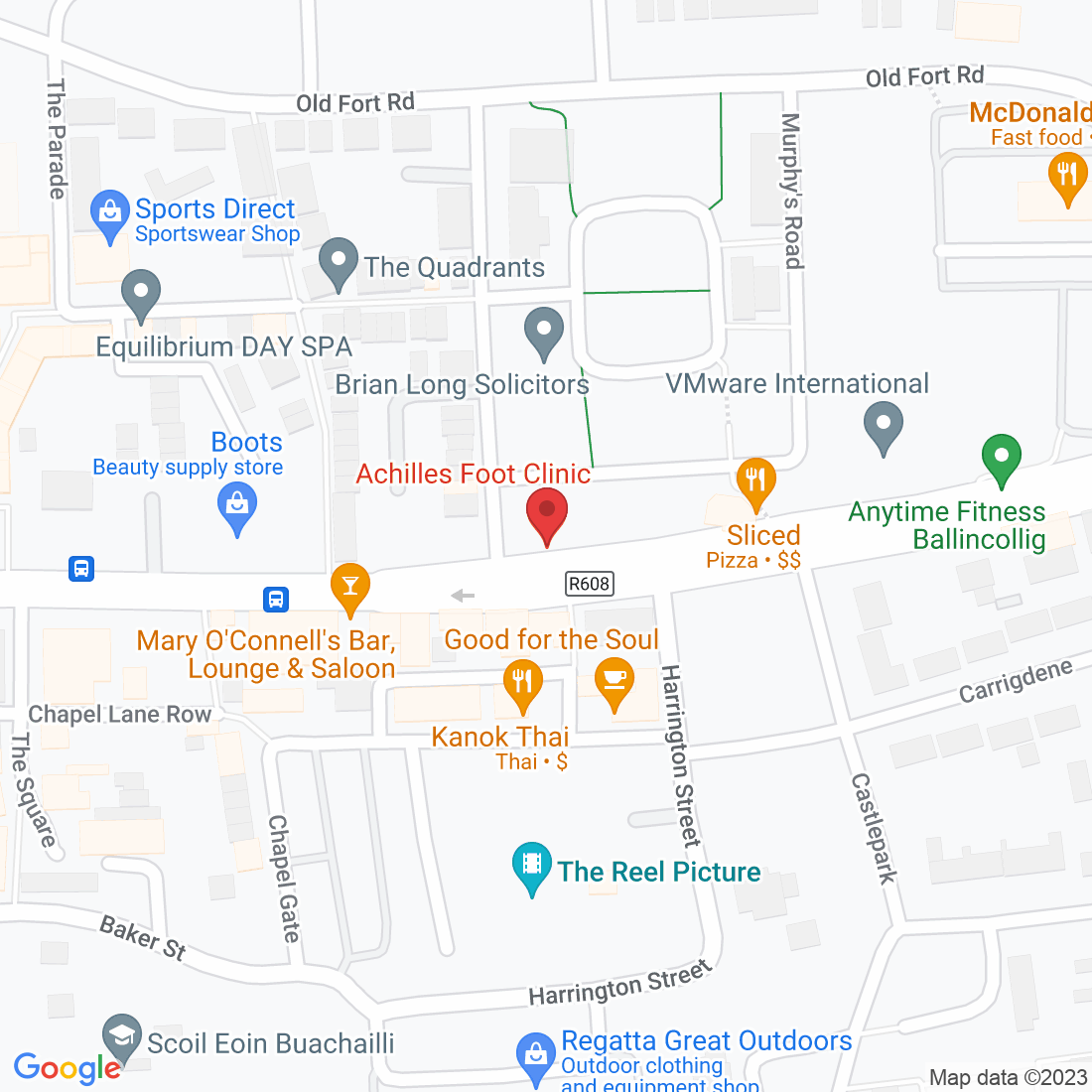
We have all been there, neglected a niggle in our foot and told ourselves that it would probably go away. Weeks have passed, even months, and it’s only getting worse. Then finally, when we are hobbling around barely able to walk, we decide to seek help…
Well, at Achilles Foot Clinic, we are here to help you.

Cuboid Syndrome: When Your Foot Gets a Little Twisted
The Cuboid Bone: A Sneaky Culprit:
Okay, let's start with a quick anatomy lesson. Your foot is a marvelous machine with numerous bones, tendons, and ligaments working in harmony. One of these bones is the cuboid bone, situated on the outer side of your foot, just below your ankle. It plays a vital role in supporting your arch and maintaining stability during movement.
So, what exactly is Cuboid Syndrome?
Well, it occurs when the cuboid bone becomes misaligned or slightly displaced from its usual position. This typically happens due to excessive stress or trauma to the foot, such as an ankle sprain, repetitive activities, or even wearing ill-fitting shoes. Poor biomechanics, like overpronation (foot rolling inward) or high-arched feet, can also contribute to the condition.
Signs and Symptoms:
Now that we know the troublemaker, let's talk about how it manifests itself. Cuboid Syndrome isn't one to shy away from making its presence known. So, if you're experiencing the following symptoms, you might be dealing with a sneaky cuboid:
Pain and tenderness on the outer side of the foot.
Difficulty in walking or bearing weight on the affected foot.
A sense of instability or "shifting" in the foot.
Swelling and redness around the cuboid bone area.
Occasionally, you might experience a popping sensation when moving your foot.
Diagnosis and Treatment:
If you suspect Cuboid Syndrome is causing havoc in your foot kingdom, it's time to seek professional help. Pay a visit to your podiatrist at Achilles Foot Clinic, who will use their expertise to diagnose the condition accurately.
To confirm the diagnosis, your podiatrist may perform a series of tests, such as manipulating the foot to assess the range of motion and palpating the cuboid bone for tenderness. In some cases, imaging studies like X-rays may be ordered to rule out other potential foot issues.
Now, onto the good news—treating Cuboid Syndrome is usually straightforward and non-invasive.
Your podiatrist may recommend a combination of the following:
Rest and activity modification: Give your foot some time to heal by reducing activities that aggravate the pain. Your favorite jogging route can wait a little while.
Ice and pain management: Applying ice packs to the affected area can help reduce swelling and alleviate discomfort. Over-the-counter pain relievers may also be recommended to keep you comfortable.
Manual manipulation: Ah, the magic touch of your podiatrist! They might perform gentle maneuvers to realign the cuboid bone and restore its rightful place. Trust them, they've got the skills!
Footwear adjustments: Say goodbye to those confining, ill-fitting shoes! Your podiatrist may suggest switching to shoes that provide better support and stability for your feet.
Custom orthotics: If your foot mechanics are partly to blame for the mischievous cuboid, your podiatrist may prescribe custom-made orthotic inserts. These will help correct any imbalances and provide extra support where needed.
Recovery and Prevention:
With proper care and a little patience, Cuboid Syndrome is likely to bid farewell before you know it. However, to prevent its sneaky return, it's essential to take a few precautionary measures:
Warm-up and stretch: Prior to engaging in physical activities or sports, make sure to warm up properly and stretch your feet and ankles. Your cuboid will thank you!
Listen to your body: If your foot starts to ache or feel off-balance, take a break and give it the attention it deserves. Ignoring the warning signs may lead to a not-so-fun reunion with Cuboid Syndrome.
Choose footwear wisely: Invest in shoes that offer proper arch support, cushioning, and a comfortable fit. Your feet are your faithful companions—treat them well!
Strengthen your feet: Incorporate exercises that target foot and ankle strength into your fitness routine. This will help improve overall foot stability and reduce the risk of cuboid misalignment.
There you have it! We've unraveled the mystery behind Cuboid Syndrome, that mischievous little condition that can throw your foot's stability out of whack. Remember, early recognition and prompt treatment are crucial in keeping the cuboid in line and restoring harmony to your beloved feet. So, take care of your tootsies, listen to their woes, and dance your way to happy, healthy feet.
Disclaimer: This blog post is for informational purposes only and should not be considered medical advice. If you suspect you have Cuboid Syndrome or any other foot condition, please consult a qualified healthcare professional for an accurate diagnosis and personalised treatment plan.
If You Are Concerned That You May Have Cuboid Syndrome Call Us Now On 0212021001
Or
Fill Out The Form Below And One Of the Achilles Foot Clinic Team Will Call You
Ask Lorcan And His Team
Fill in the form to request a Call From Our Team
Fill in the form to request a Call From Our Team
One of our team will call you for FREE and answer any questions or concerns you may have about Bunions.
One of our team will call you for FREE and answer any questions or concerns you may have about your uncomfortable Bunions.








